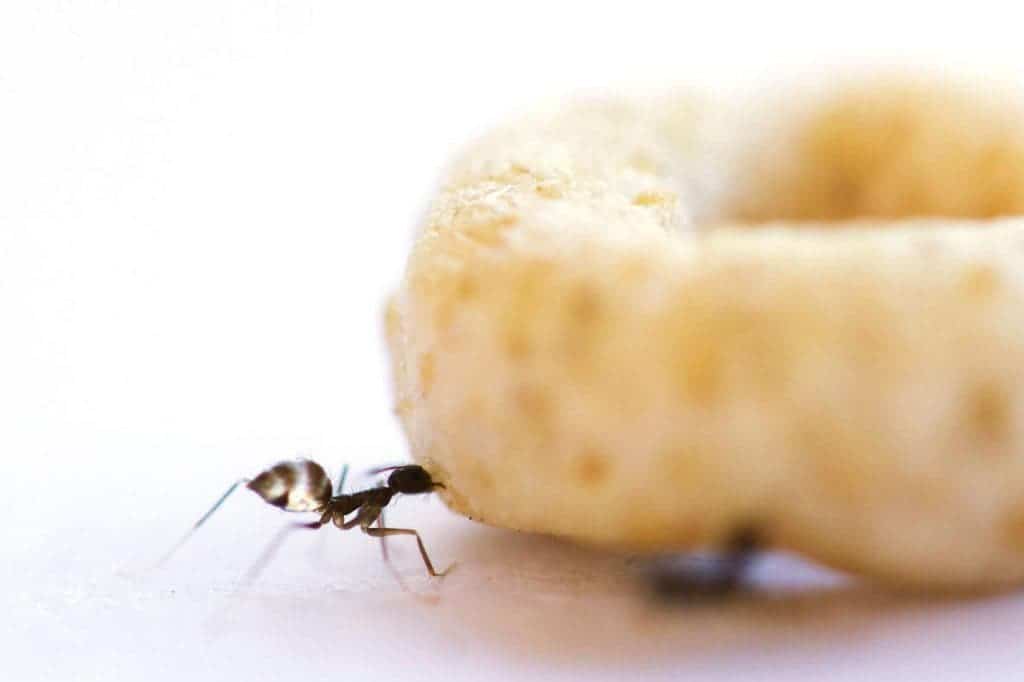You may have observed how ants can carry things many times their size, both individually and in groups. Researchers have now figured out how ants manage to carry large objects in groups – it takes individual ideas, a lot of teamwork, and the ant equivalent of an air traffic controller.

Four years ago, a man called Ehud Fonio fed his cat dinner. After a while, he noticed that pieces of his cat’s food started to move to a certain direction, carried by ants. Fonio, assistant staff scientist at the Weizmann Institute of Science in Israel, knew that he was watching the cooperative carrying of a load – something really rare in the animal world. He wanted to understand how ants are able to collaborate so well and find their way back home with the big load.
As it turns out, their collaboration is even more spectacular than researchers thought; a group of ants carries the big load, while another, scout ant, indicates the road back home.
“The individual ant has the idea of how to pass an obstacle but lacks the muscle power to move the load,” explained Ofer Feinerman, study author and a researcher at the Weizmann Institute of Science in Israel. “The group is there to amplify the leader’s strength so that she can actually implement her idea.”
The classic idea about ants is that individually they are stupid, but together they develop some sort of group intelligence – and that’s just wrong. Ants aren’t stupid at all. There is not one scout ant and carrying ants, they rotate jobs, alternating between carrying and directing. If the scout notices that the group is heading in a wrong direction, they grab hold and push the group until they get back on course. It’s as intelligent as we’ve ever seen in the animal kingdom.
“The individuals come with the solution,” says Feinerman. “The group gives it the muscle power.”
The key is keeping fluid roles – each ant is the scout for a fixed amount of time, as low as 10-15 seconds; and there is no one fixed leader, each ant assumes this role as they figure out the road – an incredibly efficient responsibility shift.
“As far as we can tell the scout is no different than the other ants,” Feinerman said by email. “No one designates the leader, she – not he – designates herself because she has current knowledge about the correct direction.”
The ant chosen for the experiments, Paratrechina longicornis, is an invasive species found worldwide, but this behavior is likely exhibited by all ant species. Coordinated efforts are not that uncommon in the animal world, but carrying a load with such efficient collaboration is unheard of – even for humans, it would be extremely difficult to work as well as ants do.
“[The ants] do it even better than us,” says Feinerman. Ants can coordinate huge groups, but “if you let 100 people carry something together, I don’t think they would get far.”
Journal Reference: Aviram Gelblum, Itai Pinkoviezky, Ehud Fonio, Abhijit Ghosh, Nir Gov & Ofer Feinerman. Ant groups optimally amplify the effect of transiently informed individuals. Nature Communications 6, Article number: 7729 doi:10.1038/ncomms8729






